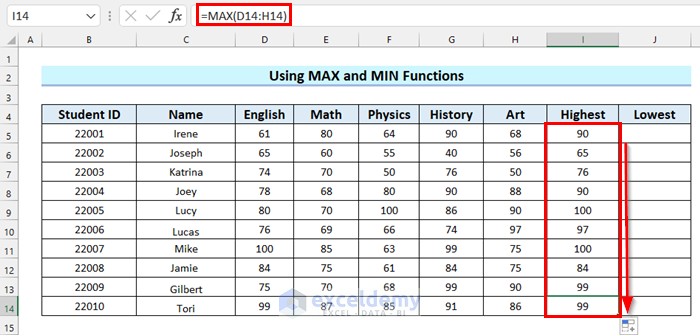5 Easy Steps to Create Pop-Up Sheets in Excel

Creating pop-up sheets in Microsoft Excel can greatly enhance your productivity and streamline complex data operations. Whether you're looking to manage large datasets or simply improve your workflow, pop-up sheets offer a dynamic way to interact with your data. In this article, we'll walk you through the steps to create pop-up sheets in Excel, helping you to make your data management more efficient.
Step 1: Plan Your Layout and Structure

Before diving into the technical creation of pop-up sheets, planning is crucial. Here are some things to consider:
- Purpose: Determine what the pop-up sheet will do. Will it serve as a data entry form, a summary dashboard, or an interactive report?
- Data: Identify which data will interact with the pop-up sheet, where this data will come from, and how it will be linked back to the main workbook.
- Layout: Sketch out the design, deciding on the placement of buttons, forms, and other controls.
Step 2: Prepare Your Main Workbook

Set up your main Excel workbook:
- Create a new workbook or open an existing one.
- Organize your data in separate sheets where necessary, ensuring it’s clean and properly formatted for efficient interactions.
- Create named ranges for the data that will be referenced by the pop-up sheet to enhance data integrity and ease of use.
⚠️ Note: Keeping your data well-organized will prevent errors when creating dynamic links to your pop-up sheet.
Step 3: Use VBA to Create the Pop-Up Sheet

Visual Basic for Applications (VBA) is your key to unlocking the full potential of Excel for creating interactive elements:
- Open the Visual Basic Editor by pressing Alt + F11.
- In the Project Explorer, double-click on ThisWorkbook to open its code window.
- Paste the following VBA code to create a UserForm (your pop-up sheet):
Sub ShowPopupSheet()
UserForm1.Show
End Sub
Private Sub UserForm_Initialize()
' Your initialization code here
End Sub
Private Sub CommandButton1_Click()
' Close the UserForm when the OK button is clicked
Me.Hide
End Sub
Step 4: Design Your Pop-Up Sheet

With your UserForm created, now design the interface:
- Drag and drop controls (TextBox, ComboBox, CommandButton) onto the UserForm from the toolbox.
- Right-click each control, select Properties, and customize their appearance and behavior.
- Add event handlers like
OnClickorOnChangeto these controls to define what happens when they are used.
💡 Note: Experiment with different controls to find what best suits your needs. VBA allows for extensive customization.
Step 5: Linking Data and Implementing Logic

Now, connect your pop-up sheet with your main workbook:
- Write VBA code to populate form fields with data from the workbook or to save user inputs back into it.
- Use named ranges to refer to your data, which makes your VBA code more readable and maintainable.
- Implement logic for data validation, calculations, or even complex operations that you want to perform within the form.
Sub CommandButton1_Click()
Dim selectedItem As String
selectedItem = Me.ComboBox1.Value
' Save selected item back to the workbook
With ThisWorkbook.Sheets("Data")
.Range("A1").Value = selectedItem
End With
' Close the UserForm
Me.Hide
End Sub
As you have now implemented the pop-up sheets, here are a few important notes:
- Test Extensively: Ensure your pop-up sheet works as intended in different scenarios. Use real-world data to simulate user interactions.
- Backup Your Work: Always keep a backup of your Excel file to prevent data loss due to unintended VBA code execution.
- User Training: Users unfamiliar with pop-up sheets might need some guidance on how to use them effectively.
In wrapping up, creating pop-up sheets in Excel can significantly enhance your ability to manage and interact with data. With a logical approach to design and implementation, you can unlock powerful functionalities that simplify data handling. Remember, the key is in the planning, the careful setup of your main workbook, the power of VBA, and ensuring that everything is linked up correctly. This guide should give you a head start in making your Excel sheets more dynamic and interactive.
Can I create multiple pop-up sheets in one workbook?

+
Yes, you can create multiple pop-up sheets within a single workbook. Each one can be managed using separate UserForms and corresponding VBA scripts.
Do pop-up sheets work on all versions of Excel?

+
VBA-based pop-up sheets work on Excel versions that support VBA, typically from Excel 2010 onwards. However, some features might behave differently on different versions.
What happens if I share an Excel file with pop-up sheets?

+
When you share an Excel file with pop-up sheets, ensure that VBA macros are enabled on the recipient’s machine, otherwise, they won’t see the pop-up functionality. Also, the file size might increase due to the added VBA code.



